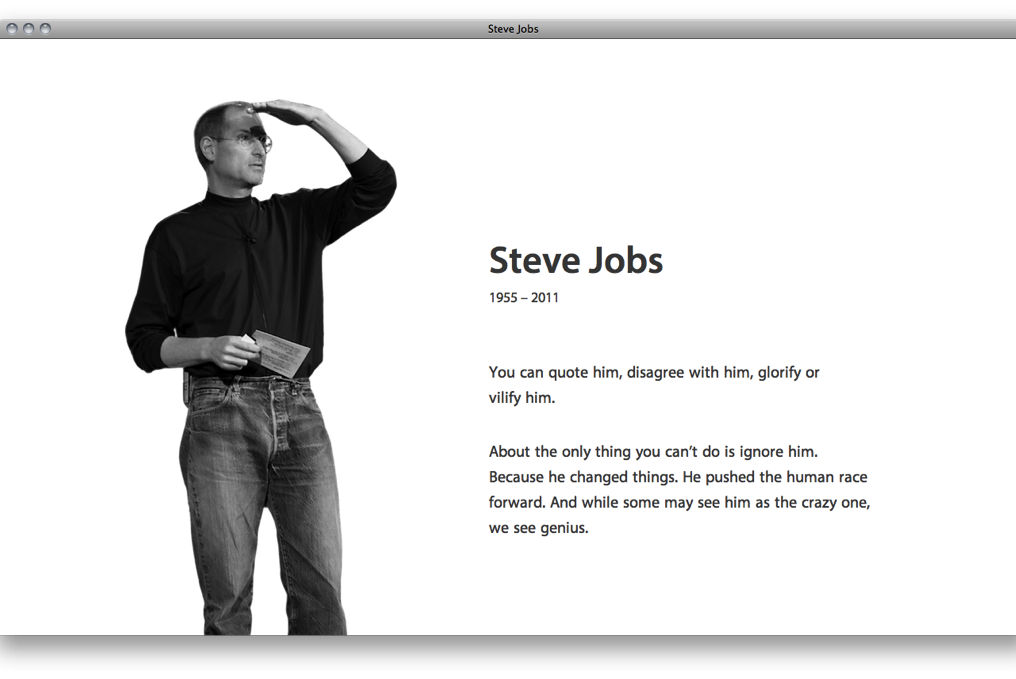Watch this space for our upcoming blog post!
Imagine for a second that this post had ended with just that one line. After making an effort to reach this blog, how would you have felt?
If I were to guess, it would’ve been one of the following:
- The post isn’t even out. Pointless!
- What a waste of a visit!
- Crap! Made a fool of myself by following a worthless link.
- Dickheads!
Now suppose this weren’t a mere blog post, but a really promising product that managed to catch your attention. You need want this product. You are excited about it and land on this page only to find out that it’ll be coming soon.
This time what could possibly be your reaction? Perhaps—
Can’t wait! When is this coming?
In both cases, the user undergoes a certain level of discomfort, anxiety and isn’t really happy about the situation. Yet the internet is littered with such heartless “coming soon” pages. In earlier days an “under-construction” sign (at times accompanied by a short animation) was put up when a website or a webpage was under development. The trends changed over the years and this was replaced by an optimistic, future-oriented and more promising “coming soon” sign. The plan is to generate excitement, build traction and finally a big bang on release day! The motive is undoubtedly good, but seldom do plans work out as expected. A more likely outcome is a frustrated user. We’ve been victims ourselves.
Recently, one of our friends who was quite disturbed about the “coming soon” sections on his family business website confessed, “No one is working on it to bring it up soon!”. Very few stakeholders foresee these problems early enough, counting instead on their “clear plan”. Let’s analyse a couple of them:
We plan to build a product. Let’s quickly put up a coming soon page to keep people interested in our idea and then start building the product.
This move might serve as a promise and commitment to deliver, but it suffers from some fundamental flaws. First, the ‘real’ work is pushed for later and instead a “coming soon” page is worked upon. Second, it is extremely hard to visualise the final product. In a software project, where change is a lot easier than in a traditional brick-and-mortar project, plans change very often (even while the product is being developed); the final product rarely matches the creator’s original vision. Chances are quite high that the “coming soon” page would have promised something different. Finally, there is an assumption that the project will ship and not turn into vapourware.
We plan to launch this application with Use Cases A, B & C. We’ll launch the website as soon as Use Case A is ready and Use Cases B & C can link to a coming soon page. While our Use Case A seeks traction we’ll work on the remaining features.
Again in this case, once a product goes live the focus from the pending features can easily be lost. User feedback, bugs and scalability are just a few things that might de-prioritise the work on Use Cases B & C. Trust us, refinements can take forever. Not to mention the possibility of a new use case being born. Ain’t it better to not pre-emptively market Use Cases B & C?
So, when to do a “coming soon” page?
For starters, certainly not before the product itself is ready. Once the product is built, nothing like taking the audience directly to the product instead of painting a rosy image in their minds and letting it rot by the time they get to the real product. Important to note, “soon” indicates an amount of time that is subjective. It is hard to tell by when the excitement completely dies out, or worse, turns into contempt.
However, in case one does wish to put up a teaser, setting the right expectations (both in terms of the product features/offerings and the timelines) is important. Only once the product has been built can that be achieved. Build the product, set clear expectations and promise a date. Just how Apple does. Heck, even Virgle conveyed clear timelines!
Now come back soon for our next post. Just kidding!
